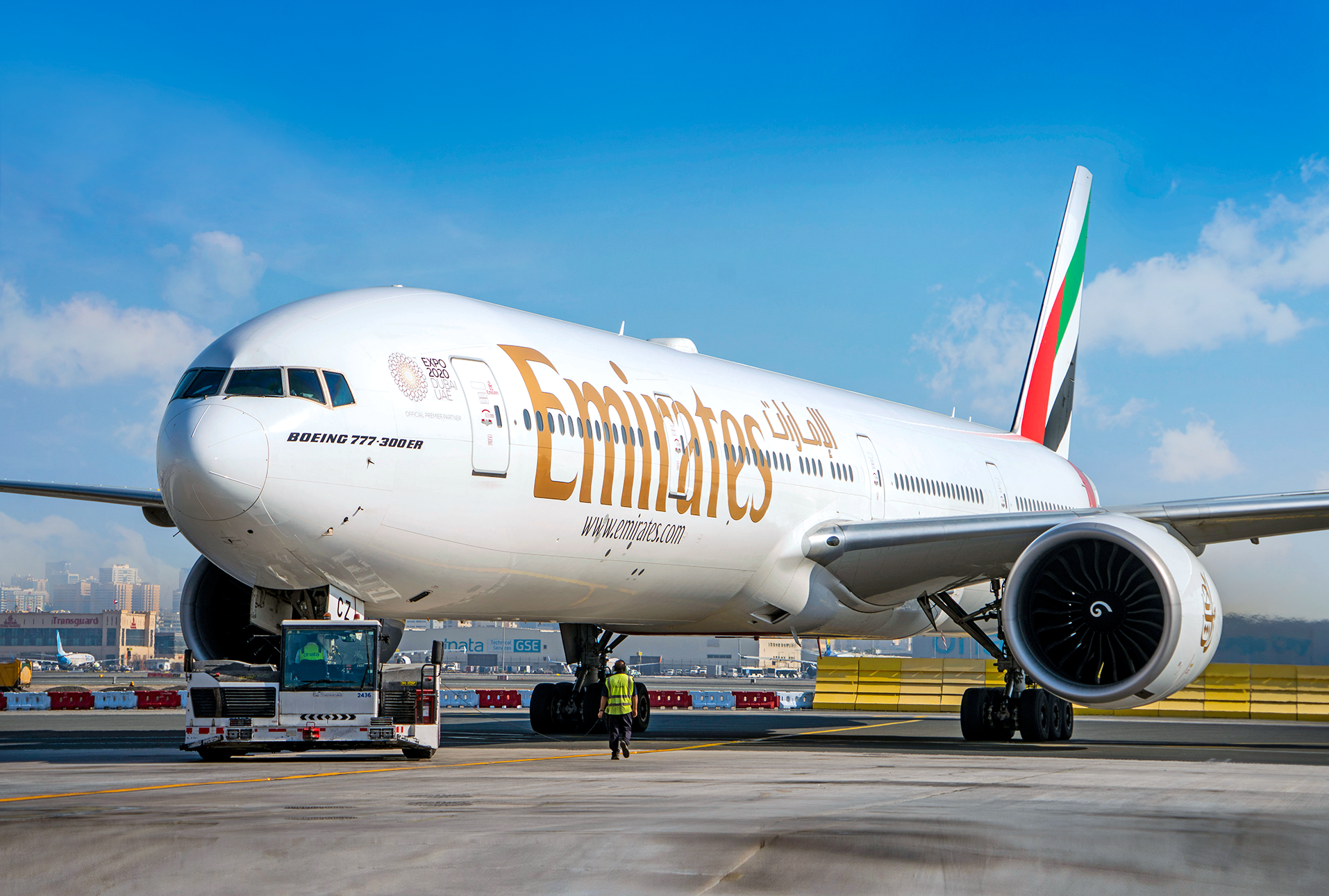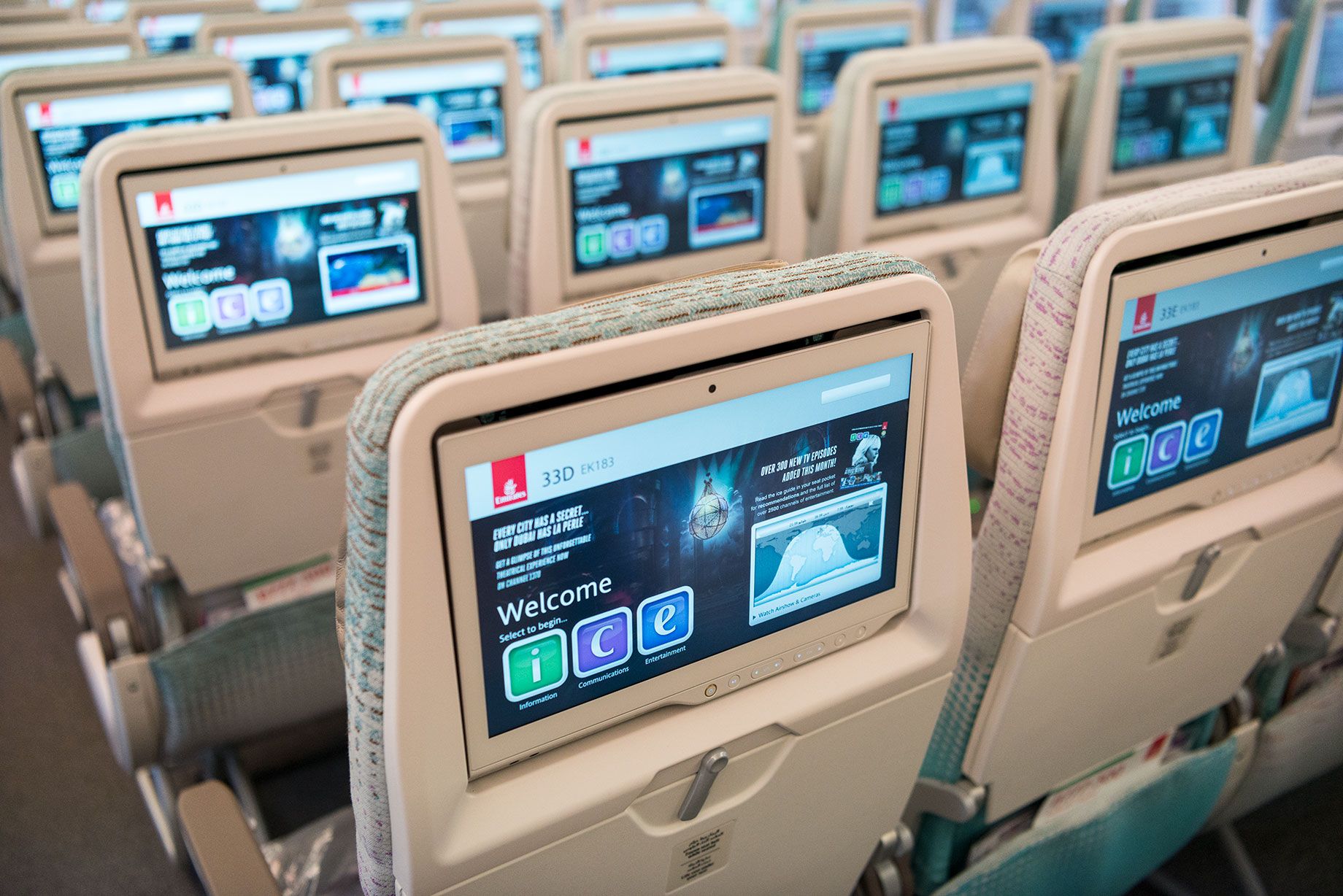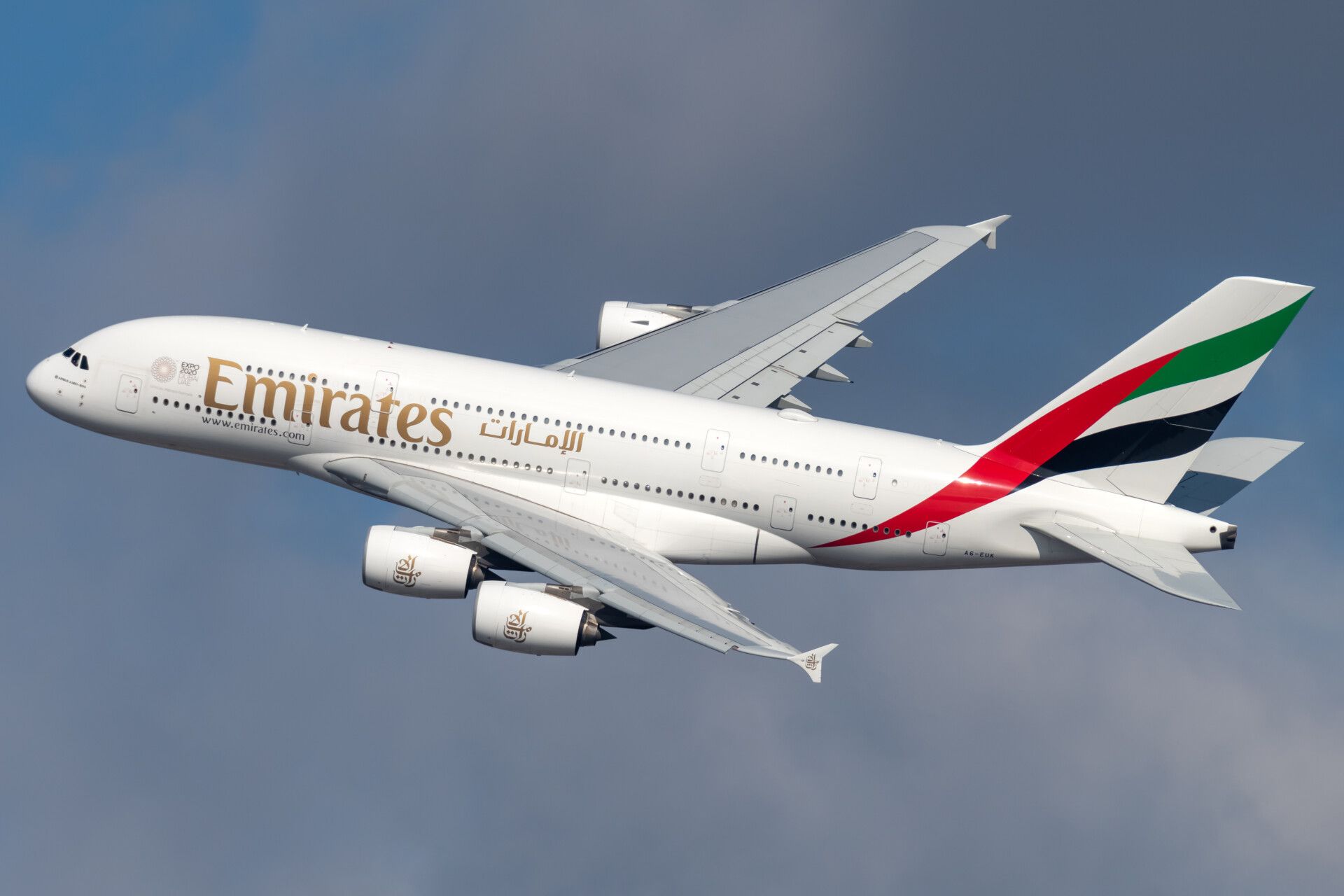Emirates is set to increase the number of flights between Dubai and Mexico City via Barcelona. The UAE-based airline has slowly been restoring its connectivity between the Middle East and Latin America, going back to pre-pandemic traffic levels. Let’s investigate further.
Back to seven
Despite the current uncertainty worldwide due to the global Omicron spread, Emirates is getting ready to increase its connectivity with Mexico City.
Starting on April 1, 2022, Emirates will increase its number of weekly flights in the Dubai-Barcelona-Mexico City route, as reported by local media outlet Aviacionline.
Emirates will operate a daily flight on this route; currently, it only flies five times per week on Mondays, Wednesdays, Fridays, Saturdays, and Sundays. The airline employs its Boeing 777-200LR fleet with 38 business seats in a 2-2-2 configuration and 264 economy class.
The airline resumed its fifth freedom flights to Mexico City earlier this year. It took the company more than 12 months to fly back to Mexico due to the COVID-19 pandemic worldwide.
Besides Mexico City, Emirates also flies daily to Sao Paulo Guarulhos International Airport.
Improving connectivity throughout Mexico
In 2019, when Emirates first launched its service to Mexico City, the company signed an interline agreement with Interjet. The goal was to strengthen the connectivity throughout Mexico via Interjet’s extensive map route. Nonetheless, the airline ceased operations in 2020, leaving Emirates without a Mexican partner.
The logical option for Emirates would be Aeromexico because both carriers are legacy operators, but the two companies don’t look eye to eye. Aeromexico unsuccessfully tried to block Emirates’ entrance in 2019.
Therefore, Emirates announced an interline agreement with Aeromar earlier this year. This is a regional airline that operates an ATR 42 and 72 fleet. Aeromar gives Emirates’ clients connectivity to ten additional Mexican cities and two in the United States.
Adnan Kazim, Emirates’ Chief Commercial Officer, said,
“The strength of Aeromar’s regional flight network will allow us to connect a large number of travelers from cities in Mexico and Texas to our global network.”
Aeromar allows Emirates’ passengers connectivity to Acapulco, Veracruz, Puerto Escondido, Ixtapa Zihuatanejo, Ixtepec, Colima, Ciudad Victoria, Lázaro Cárdenas, Piedras Negras, Tepic, and Laredo and McAllen in the US.
Stay informed: Sign up for our daily and weekly aviation news digests.
How’s Emirates currently doing?
Last week, Emirates reopened 20 lounges following a rise in demand, despite the ongoing COVID-19 pandemic.
The airline is back at 120 destinations or 90% of its pre-pandemic capacity. Emirates recovery has allowed Dubai to reclaim its throne as the world’s leading international hub.
According to ch-aviation, Emirates has ungrounded 77% of its fleet. The airline has 204 operational aircraft and 62 inactive (all of the inactive planes are Airbus A380).
A few days ago, Emirates took delivery of the last ever Airbus A380, bringing the active production of the model to a halt. Emirates is the main A380 operator worldwide and expects to use the aircraft until the next decade.
According to Cirium’s database, Emirates is currently scheduling 10,250 flights worldwide in December, offering 4.2 million seats. Both numbers are 36.9% and 38.3% below 2019 levels prior to the COVID-19 pandemic. Next month, the airline will increase 3.8% its flights to 10,643.
Emirates’ leading route on January 2022 will be Dubai-London Heathrow, with 186 scheduled flights.
Have you flown with Emirates between Dubai and Mexico City? How was the experience? Let us know in the comments below.



